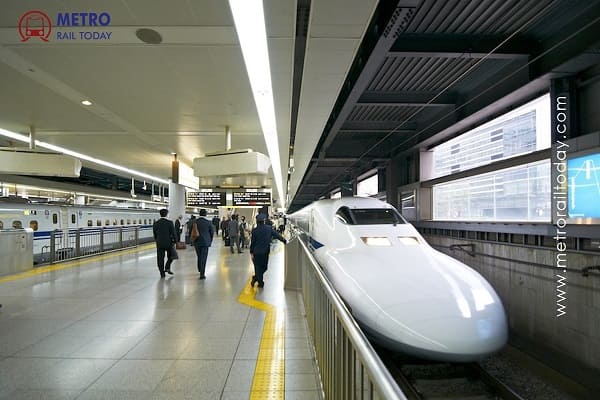 First Undersea Tunnel Breakthrough achieved on Mumbai-Ahmedabad Bullet Train Project
First Undersea Tunnel Breakthrough achieved on Mumbai-Ahmedabad Bullet Train Project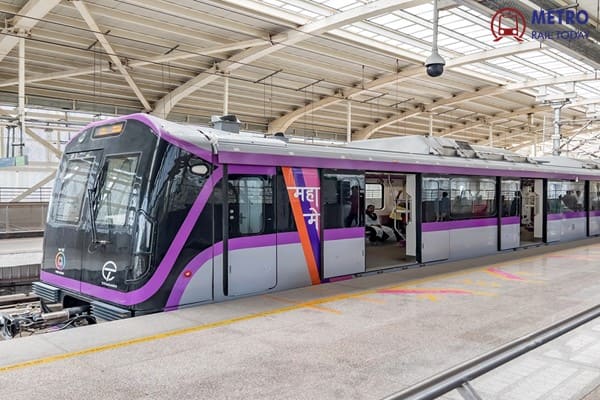 ITD Cementation wins ₹1,644 Cr Civil Contract for Swargate - Katraj UG section of Pune Metro
ITD Cementation wins ₹1,644 Cr Civil Contract for Swargate - Katraj UG section of Pune Metro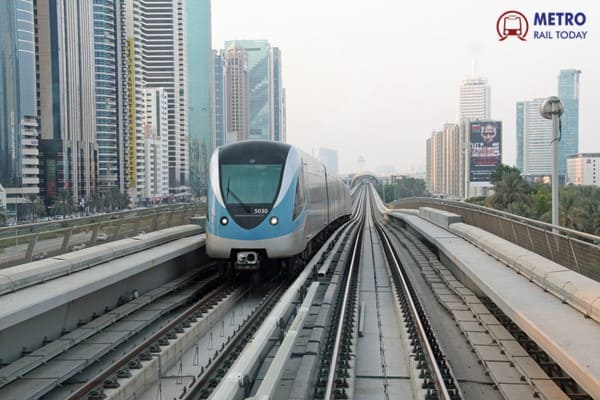 Beyond the Rails: What Indian Metros Can Learn from the World's Best
Beyond the Rails: What Indian Metros Can Learn from the World's Best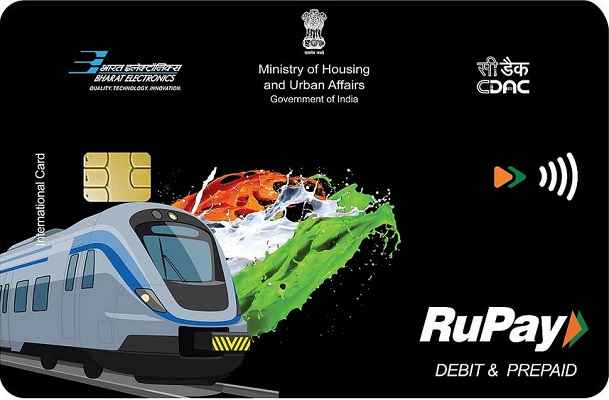 One Nation, One Card: Delhi to launch colour-coded Smart Mobility Cards for Metro, RRTS and Bus
One Nation, One Card: Delhi to launch colour-coded Smart Mobility Cards for Metro, RRTS and Bus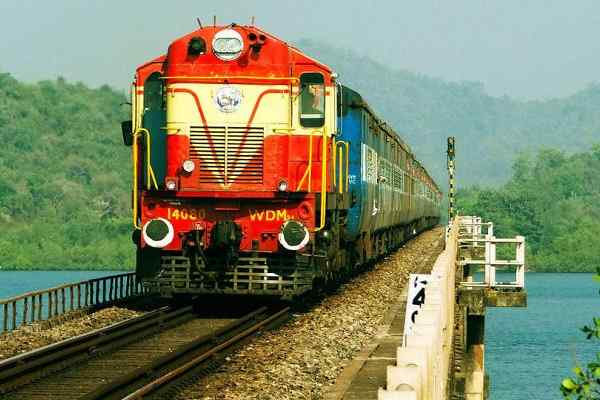 Lotus Wireless Technologies bags Kavach 4.0 Safety System Order for Indian Railways
Lotus Wireless Technologies bags Kavach 4.0 Safety System Order for Indian Railways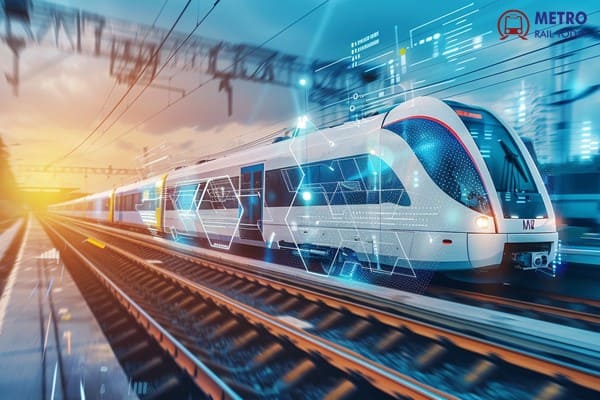 Concord Control Systems bags First Order for KAVACH 4.0 from Indian Railways
Concord Control Systems bags First Order for KAVACH 4.0 from Indian Railways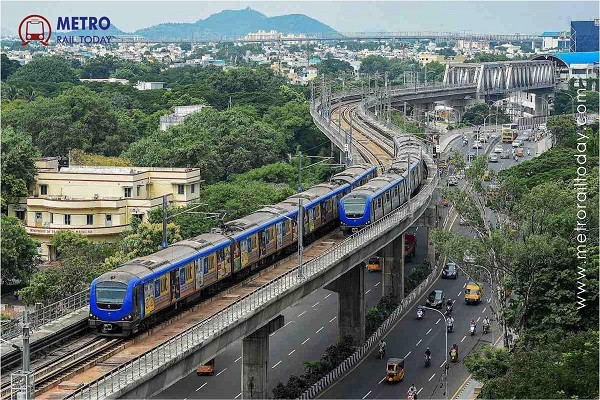 Chennai Metro achieves Engineering Feat at Vadapalani with 3-Level Metro Viaduct on Corridor 4
Chennai Metro achieves Engineering Feat at Vadapalani with 3-Level Metro Viaduct on Corridor 4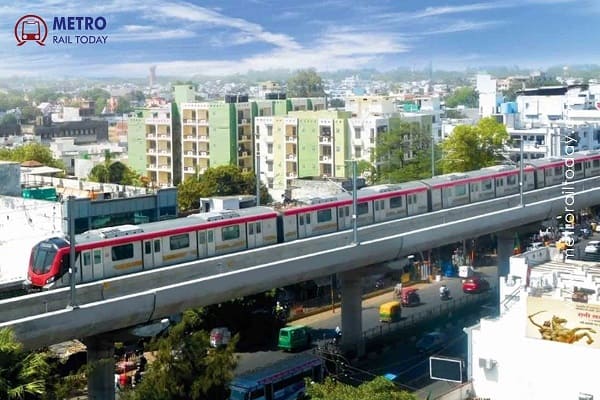 Lucknow Metro: Know 8 Civil Engineering Marvels That Blend Modernity with Heritage
Lucknow Metro: Know 8 Civil Engineering Marvels That Blend Modernity with Heritage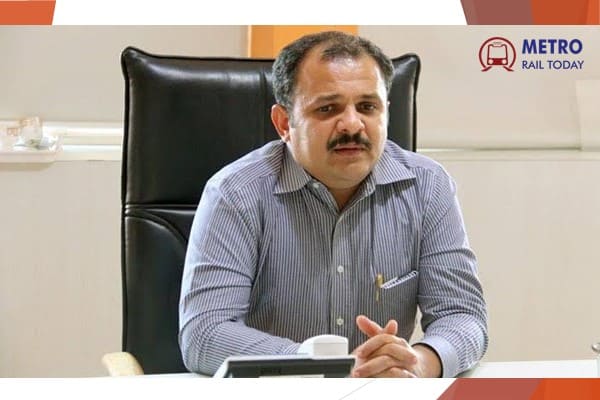 Maha Metro’s Bold Vision: Shravan Hardikar on redefining Urban Mobility in Pune, Nagpur and Thane
Maha Metro’s Bold Vision: Shravan Hardikar on redefining Urban Mobility in Pune, Nagpur and Thane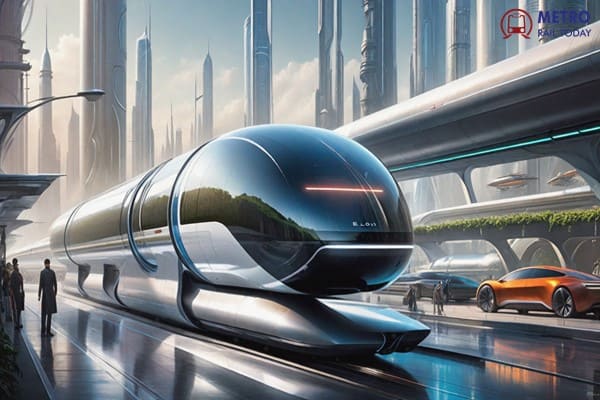 TuTr Hyperloop and IPRCL sign MoU to reinvent Cargo movement at Indian Ports
TuTr Hyperloop and IPRCL sign MoU to reinvent Cargo movement at Indian Ports
Metro Realities: Unraveling India's Urban Connectivity and Ridership Dilemma
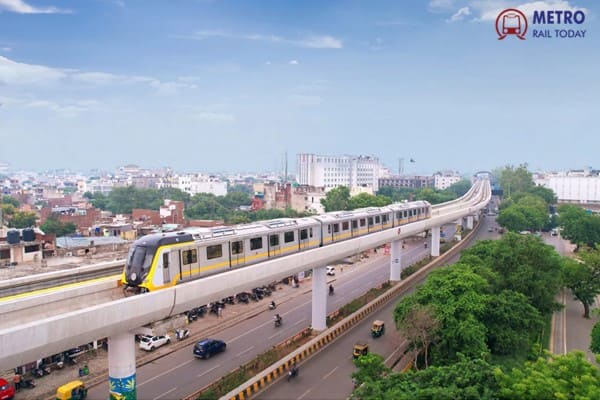
In August 2023, a non-affiliated think-tank in India, The Infravision Foundation, collaborated with a duo of professors from IIT Delhi to release a comprehensive whitepaper. This document brought to light certain intricacies pertaining to India's metro rail network. Initially overlooked, the UK-based publication, The Economist, recently spotlighted the whitepaper, compelling the Indian government to issue a rebuttal.
So, in this edition of Finshots, we unravel the nuances surrounding India's expansive metro rail network.
The Intricacies Unveiled
The Allure and the Reality
The sleek carriages of a metro railway, gracefully traversing an elevated structure, contribute to the aesthetic of urban development. The promise of navigating the city sans traffic congestion adds to its appeal. With India investing approximately ₹90,000 crores over the last decade, constructing 6 km of new track each month, it's on track to boast the world's second-largest metro network, trailing only behind China.
Yet, beneath the glittering facade of these metro projects, a conundrum arises — the ridership falls short of expectations.
A meticulous analysis by professors from IIT Delhi revealed that all Indian metros operate well below projected ridership. For instance, Delhi stands at 47%, Mumbai and Kolkata at 30%, and Bengaluru a mere 6%.
The Controversy Unfolds
When The Economist picked up on these revelations, a significant upheaval ensued. The government responded, asserting that the daily metro ridership figures now stand at 10 million, surpassing projections for Delhi.
However, there are crucial nuances to consider.
The whitepaper did not deem the absolute numbers appalling. Instead, it underscored that metro projects were justified and approved based on specific daily ridership projections. The deviation from these projections could jeopardize the financial sustainability of the metro systems, potentially putting these ambitious projects at risk.
Additionally, it's not the first time the issue of ridership has come under scrutiny. The Comptroller and Auditor General of India (CAG) had previously questioned Delhi Metro's ridership, and a parliamentary committee raised concerns about Lucknow's metro rail project.
Probable Explanations and Solutions
Last-Mile Connectivity Conundrum
The reluctance of people to fully embrace metros could be attributed to challenges in last-mile connectivity. In many instances, reaching a metro station or the office from the station involves walking, a practice hindered by the lack of wide footpaths and amenities conducive to walking. The reliance on autorickshaws adds an extra financial burden.
Feeder buses, designed to connect public transit locations with major stops, could address this issue. Unfortunately, the CAG report on Delhi highlighted a significant shortfall in available bus services.
Distance and Demands
Another revelation from the whitepaper indicates that metros are most practical for longer commutes exceeding 10km. However, nearly 70% of metro rides in India are less than 10km. The time saved on shorter journeys is compromised by security procedures, waiting times, and last-mile connectivity challenges.
A Comparative Analysis: Buses vs. Metro
A few years ago, Professor Rohit Chandra from IIT Delhi emphasized the potential of buses over metro projects. Comparing costs, buses prove significantly more cost-effective, carrying 40% more passengers for only 5% of the investment required for the Delhi Metro. Moreover, the aggregated greenhouse gas emissions from Delhi's buses are lower than those from the metro due to the massive emissions during initial construction.
However, the government contends that meeting the high peak-hour ridership on the Delhi Metro with buses would require an impractical fleet of 715 buses, each traveling in one direction with a mere 5-second gap between them.
The Verdict: A Balanced Approach
While the whitepaper doesn't advocate abandoning metro projects, it stresses that metros are highly advantageous for longer journeys. For cities with populations exceeding 8 million, combining metros with a feeder-bus system proves transformative. Conversely, enhancing the bus system might be the more pragmatic approach for smaller cities.
It's not a matter of 'this or that' but rather a 'this and that' scenario. As India aggressively expands its metro connectivity, a nuanced understanding of the intricate challenges and potential solutions is crucial.




